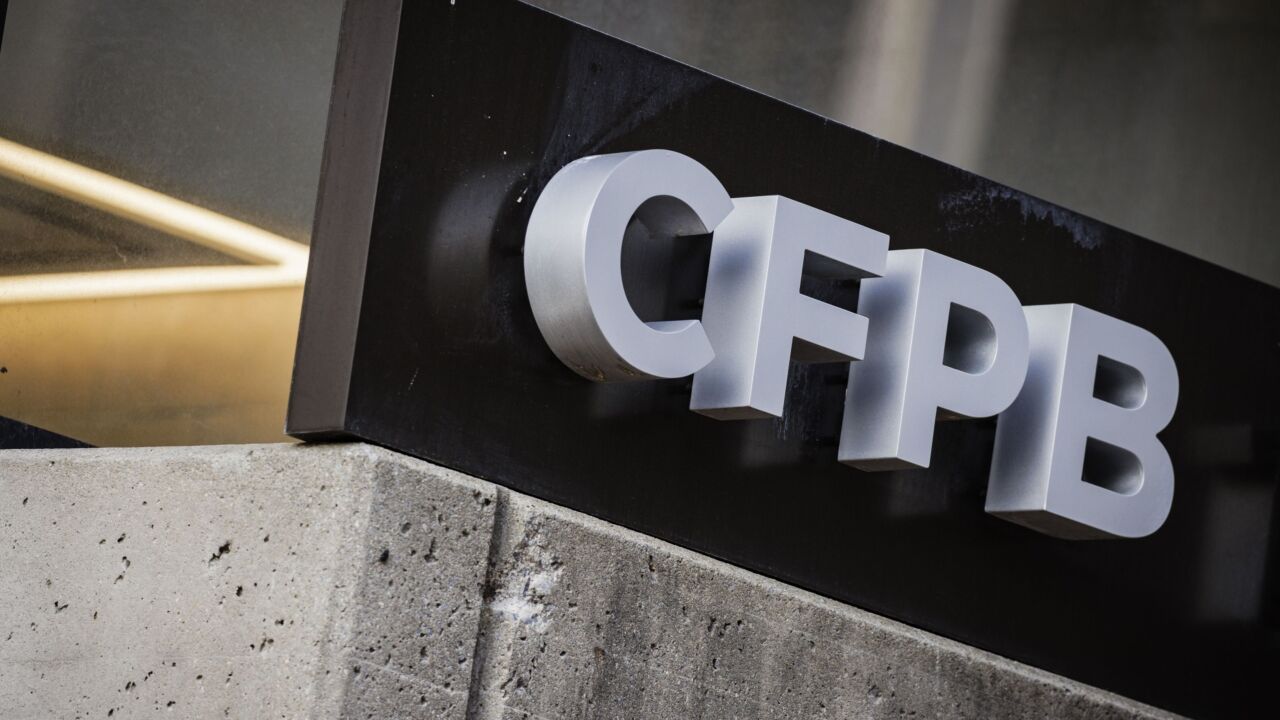Electronic bill payment and presentment needs a creative kick in the pants, said speakers at American Banker's Financial Services in Cyberspace conference last week.
To attract consumers, they said, providers must devise extra services to enhance the process of paying bills online. They described a vicious cycle in which most consumers and most billers ignore the option - the consumers because it is scarcely better than paying by check, the billers because so few consumers use it.
Market adoption of EBPP has been "pathetic," said Jeetu Patel, vice president of research at Doculabs, an Internet consulting firm in Chicago. "The biggest problem is not enough people on the consumer side see the benefits."
Only 2% to 3% of all bills to consumers are being paid on the Internet, he said, so providers must do more than just post printed bills on the Web.
"What we need to wrap around the core bill are value-added services that drive the consumer to the site," Mr. Patel said. "Consumers right now don't see payment by check as being an extremely painful process, so you need to make sure you have some other value-added services around the bill to drive consumer adoption."
The most effective value-added services are those that are not feasible in a paper format, he said. Such services might include mortgage statements with calculators to help determine the impact of payments on long-term costs; telecommunications bills that can be sorted different ways; and credit card bills that offer interactive financial analyses of spending patterns, Mr. Patel said.
Billers could also charge fees for these extra services, he said. "Make sure that you, as a biller, think of this as not just a cost-cutting application but as a revenue-generating application."
Ron Braco, a senior vice president at Chase Manhattan Corp. and chairman of the board of Spectrum EBP LLC, an electronic billing company created by Chase, First Union Corp., and Wells Fargo & Co., said during a roundtable discussion that he agreed bill providers need to add more enticements.
"It's step one, get the fundamentals right; two, start building up critical mass and flow; three, start adding more value-added services to it, and that is going to increase the growth of the service," he said.
Mr. Braco said he expects electronic bill payment and presentment to begin picking up steam in two years, though it could take at least five before half of U.S. households begin paying their bills online.
David Fontaine, director of public relations for the leading electronic bill provider, CheckFree Corp., said providing consumers with lots of information about the round trip of a bill, including its payment status at every step of the way, is an important value-added service.
"The bill is the touchpoint for consumer communications, for customer service, and could also be for marketing, for upselling and cross-selling through the bill," Mr. Fontaine said. "It's a value-added service to the consumer, but also a revenue-generating opportunity for the biller."




